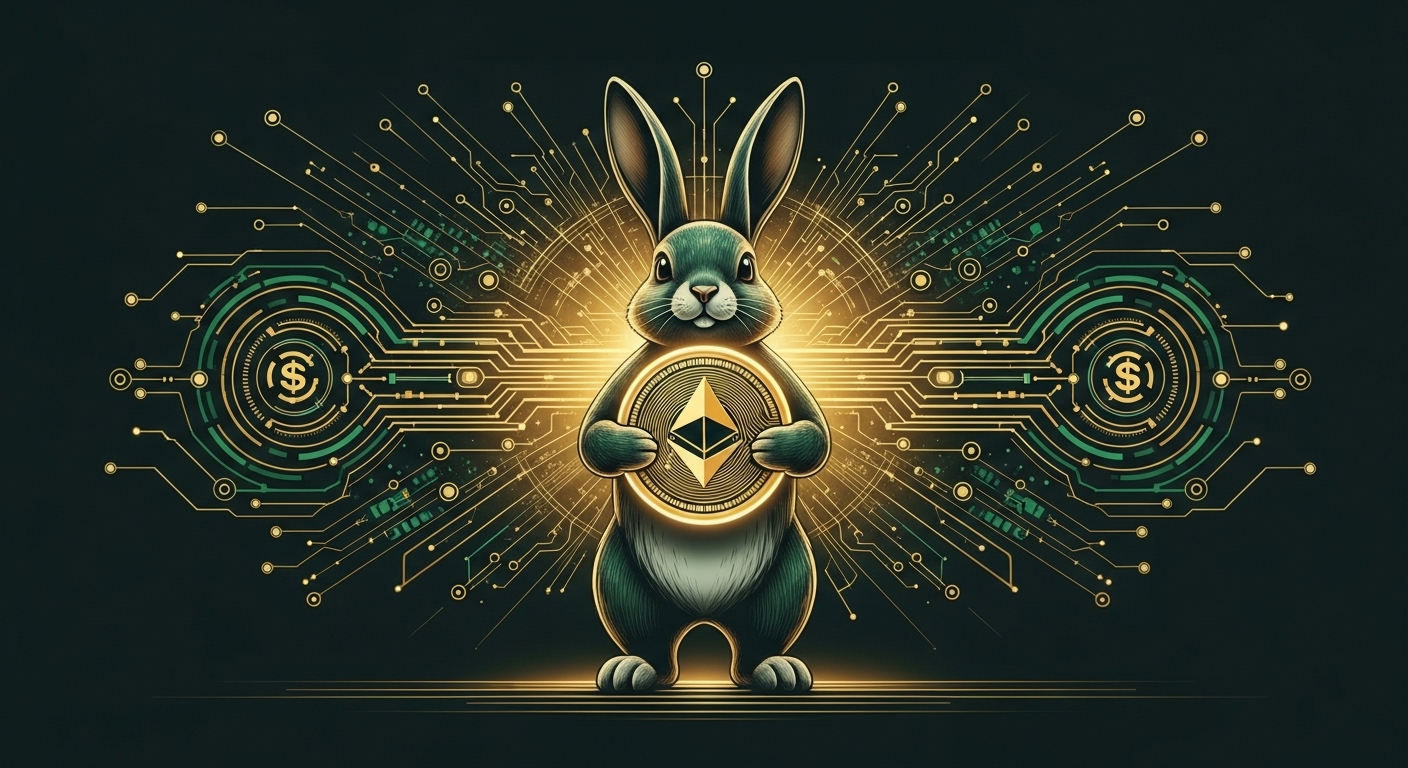Polygon blockchain has established itself as one of the leading solutions for scaling and innovating on Ethereum. Fast, low-cost transactions and ever-expanding adoption make it a top choice for developers, traders, and investors alike.
Key Facts About Polygon Blockchain

Below, you’ll find detailed insights to help you understand what makes Polygon blockchain unique, why it matters, and how it fits into the broader crypto space.
1. Polygon Delivers Next-Level Scalability
Polygon blockchain is built as a scaling solution for Ethereum. By moving transactions off the congested Ethereum mainnet (a process known as layer-2 scaling), Polygon can handle many more transactions per second.
The “gigagas” roadmap aims for up to 100,000 TPS, and the Bhilai Hardfork has boosted throughput and stabilized gas fees even further. This approach tackles the high cost and slow speeds often seen on other blockchains, giving users and builders a smooth, fast experience.
2. The Switch From MATIC to POL Streamlined Staking and Governance
Polygon’s native token transitioned from MATIC to POL in September 2024. POL now powers all key areas of the Polygon ecosystem, including gas fees, staking, and participation in multiple chains.
Holders who stake POL can earn rewards both for securing the network and for new services, like Agglayer. This change unifies and simplifies value for users, while making it easier to launch new features and reward active participants.
3. Polygon Embraces Zero-Knowledge Technology
Zero-Knowledge (ZK) technology is central to Polygon’s goals. Polygon’s zkEVM uses ZK proofs for speed and privacy, reducing gas costs and making cross-chain settlements more practical.
The Plonky3 system, which is known as one of the fastest ZK proofing engines, powers applications with security and speed. ZK tech also paves the way for private transactions and greater interoperability with other networks.
4. Real-World Adoption Continues to Grow
Polygon blockchain keeps landing major partnerships and real-world use cases. Meta introduced Polygon-powered NFTs for Instagram, letting users mint and trade digital collectibles right on the app.
Stablecoins like USDT now natively run on Polygon (USDT0), providing better liquidity and cheaper transactions.
Major payment services, including Stripe, signed up to allow crypto payments across millions of locations. Through all these integrations, Polygon cements its status as a crucial part of crypto’s next wave.
5. Ecosystem Expansion and Grant Programs Fuel Innovation
Polygon is not just a technical upgrade, it’s a whole ecosystem for dApps, DeFi, NFTs, and gaming. Recently, Total Value Locked (TVL) on the network has grown past $1.2 billion.
The Polygon Community Grants Program supports this growth, with 35 million POL going to Web3 projects in its most recent round.
There is strong support for projects using artificial intelligence and new smart contract designs. This investment ensures a steady flow of new features and apps on Polygon, making it a lively place for both traders and developers.
6. Cross-Chain and Aggregated Network Infrastructure
Polygon positions itself as an aggregated blockchain network, bringing together several scaling approaches under one roof.
With the launch of the Chain Development Kit (CDK) and support for the OP Stack, Polygon supports a “multistack” model.
Developers can mix and match solutions, like Optimistic rollups and ZK rollups, inside one ecosystem. This pushes network flexibility and can reduce inter-chain friction, appealing to devs who want options without sacrificing security or performance.
7. Wallet Support and User Accessibility

Polygon blockchain’s popularity means it is supported by nearly every major wallet. There are plenty of durable, user-friendly options for managing assets on the Polygon network.
You can find top choices for Polygon-compatible wallets for Web3 access if you want to interact with DeFi, collect NFTs, or just move tokens at low cost.
Broad wallet support helps traders get started on Polygon without hurdles, removing a major barrier for new users and seasoned pros alike.
8. Strong Developer Community and Support
Polygon benefits from a large and active developer community. Regular hackathons, detailed documentation, and open forums help newcomers learn and start building quickly.
Polygon’s development tools are designed to be approachable for those familiar with Ethereum, so it’s easy to port projects or create new ones.
This community base helps keep innovation steady and drives network growth through shared knowledge and collaboration.
9. Environmental Considerations
Polygon uses a proof-of-stake consensus mechanism, making it far more energy-efficient than proof-of-work blockchains.
This reduces its carbon footprint and appeals to users and projects looking for sustainable blockchain options. As environmental concerns grow in the industry, Polygon’s low energy use makes it a responsible choice for developers and companies alike.
10. Simple Onboarding for New Users
The Polygon team focuses on making the user experience clean and straightforward. With bridges to move assets between Ethereum and Polygon, users can switch networks without hassle.
Many dApps on Polygon are designed to support beginner users with clear interfaces and low fees. This ease of use helps grow its user base beyond just crypto experts, opening the door for mainstream adoption.
11. Backed by Leading Investors and Advisors
Polygon has attracted backing from some of the top names in crypto and technology. Funding from venture capital firms and endorsements from blockchain experts have helped it gain trust and visibility.
These partnerships provide ongoing support for development, marketing, and expanding the network’s reach worldwide.
12. Future-Proofing Through Updates and Roadmap
Polygon regularly updates its protocol to stay competitive. Upcoming features in 2025 include improved interoperability with non-EVM chains and enhanced support for decentralized identity solutions.
The team’s commitment to ongoing improvements keeps Polygon ready to meet future blockchain needs as the industry grows and changes.
Compare this article, Aptos Blockchain Explained: Everything to Know, to explore more about other essential Blockchains.
13. Security Measures and Audits Keep Polygon Reliable
Security remains a top priority for Polygon. The network undergoes regular third-party audits to catch vulnerabilities early. Polygon also uses well-tested consensus algorithms to protect against attacks.
This focus on safety builds confidence for users running real money apps and institutional projects. In a fast-changing environment, staying secure helps Polygon maintain trust and stability.
14. Growing Support for NFTs and Gaming

Polygon has become a popular platform for NFTs and blockchain gaming. Low fees and quick transactions make it easy for creators to mint art and gamers to trade in-game items. Marketplaces and game studios continue to launch on Polygon, tapping into its large user base.
These areas add vibrant activity and new use cases for the network.
15. Polygon ID – A Step Toward User Privacy and Control
Polygon ID is a new identity solution giving users control over their personal data. It allows for secure verification without sharing raw data publicly.
This builds user privacy into applications and services on Polygon. Tools like Polygon ID make the network more welcoming for projects that require trust but want to respect privacy.
16. Developer Tools That Simplify Building
Polygon offers straightforward tools that help developers create apps faster. Access to SDKs, pattern libraries, and APIs allows for easy integration with Ethereum-compatible environments.
The experience is smooth for developers already familiar with Solidity and EVM chains. Reducing friction speeds innovation and broadens participation on the network.
17. Polygon’s Role in Decentralized Finance (DeFi)
DeFi continues to grow on Polygon, as the network supports lending, borrowing, and swapping protocols. Reduced fees allow smaller users to participate without high entry costs.
Liquidity pools and yield farming remain active, attracting traders looking for efficiency. Polygon’s compatibility with Ethereum tools makes it a natural choice for DeFi expansion.
18. Active Governance Encourages Community Voice
Polygon promotes active governance where token holders can propose and vote on changes. This lets users shape the network’s direction and priorities. Community calls, forums, and proposals keep decision-making transparent.
This involvement fosters a sense of ownership and aligns upgrades with user needs.
19. Integration With Traditional Finance
Polygon is also working on bridging crypto with traditional finance systems. Partnerships with banks and payment platforms make it easier to move funds between fiat and crypto.
These efforts help grow usability beyond crypto-native audiences and add trust for newcomers.
Summary
Polygon stands out by combining speed, low cost, and a strong ecosystem. Its security, user privacy features, and developer-friendly tools make it a top pick for diverse projects.
The growth of NFTs, gaming, DeFi, and real-world use cases shows how Polygon keeps expanding practical blockchain use. With ongoing upgrades and community input, Polygon holds firm as a reliable and efficient network and beyond. Check out a similar article, on, Sui Blockchain Explained (A Fast, Low-Cost Layer-1 with Move Language).
Conclusion
Polygon blockchain continues to shape the way we think about speed, cost, and access in crypto. From cutting transaction fees to rolling out privacy-focused features, Polygon stands as a go-to network for both brands and builders.
With record transaction capacity, a powerful upgrade to POL, and deep ecosystem support, it’s likely that Polygon’s role in the broader crypto space will only grow now, and beyond. If you want an efficient, future-ready network for your next project or trading strategy, Polygon deserves a spot at the top of your shortlist.

Adeyemi Adetilewa is interested in blockchain, cryptocurrency, and web3. When he is not looking for the next alpha, he is busy working as a husband and father.

